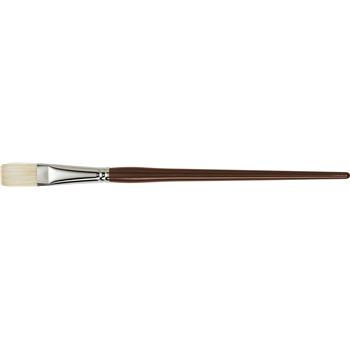Making ; A brush with Potential
- hendrikaono
- Jul 30, 2017
- 2 min read

I usually struggle with painting, and the struggles partially manifest in a complicated, difficult and enigmatic relationship with my brushes. I am continually on the lookout for the perfect brush; the magic one, dancing on the horizon, tantalizing, just out of reach…
When I find it , I will share my discovery.
Until then, here is an in progress brush review.
Perfection aside, a good brush is a good beginning.
The notion of “good” hinges on both purpose and preference.
Brushes are classed according to the paint medium. They usually fall within 3 categories, Oil , Acrylic or Watercolour. Brushes are also classed by price. The expensive ones are artist quality , mid range are studio and cheap are student quality. Most of the time , buy the best you can afford.
The following is a catalogue of various styles of brushes and their purpose. There are 8 general shapes of brushes . Good luck finding the ones that suit your preferences.

Brights ( also know as chisels)
Ferrule ( the metal part that holds the hairs in place , is about the same length as the brush hair
holds a lot of paint ( but somewhat less so than a Flat )
good for dabbing on paint in short strokes and dry brushing
often confused with a Flat
has a nice name ( yes I would like the that to be a part of my painting epithet.)

Flats
brush hairs are rectangular in shape
holds a lot of paint
good for long stokes , fills and sharp edges
comes in different widths and lengths

Rounds
are used for detail and have a pointed tip
come in a variety of sizes ; higher the size number , the bigger the brush
Riggers / Script Liners / Pointed Rounds

these brushes are usually used with watercolour
Riggers were so called because they are ideally suited to making the thin lines used for ship's rigging
Script liners tend to have short brush length, stiffer bristles and are sometime squared at the top

Fans
have specific use for fur or leaf foliage
Filberts

have airs that form an oval shape
great for blending paint to make smooth transitions

Angular Shader
used primarily for decorative acrylic painting
as suggested by the name, these brushes help to float shading over a base layer of paint.
Brush Quality
While In life, sometimes more expensive is not really better, with brushes you usually do get what you pay for. As mentioned earlier student brushes are lower quality than a good professional grade brush.
Advantages of a quality brush include :
holds more paint
strokes are consistently uniform in coverage
crisper edges
no “shedding” ( i.e. little stray hairs that end up embedded in your art work ..)
ferrules are firmly attached to the brush
As for the elusive magic paintbrush, made of yew wood and unicorn hair, I am still trolling Amazon. If you find some first please let me know.... til soon,
Hendrika


Comments